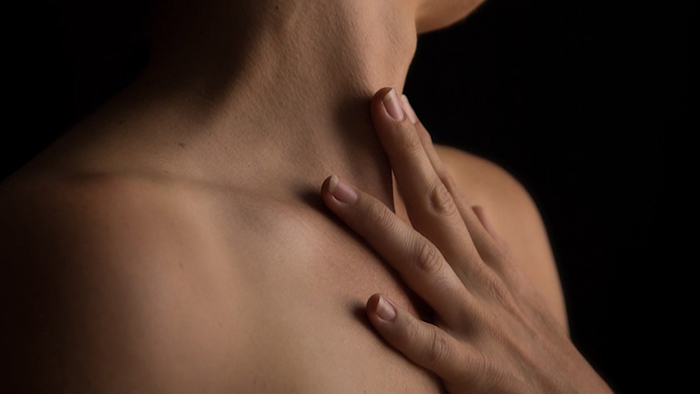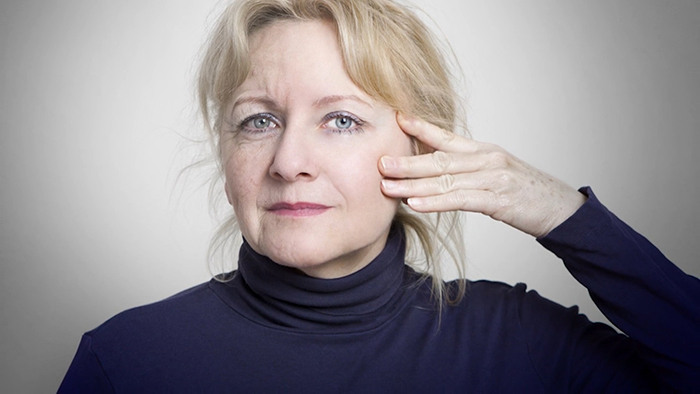Today’s facelift is very different from a facelift that was done ten or twenty years ago. In the past, facelifts were often associated with looking “operated on” instead of looking rested and youthful. As technology and medicine advanced, surgeons began promoting and marketing new techniques, promising faster healing and improved results.
Sometimes, however, these new and innovative techniques are not able to achieve long-lasting results. To find out which techniques can enhance or improve upon a traditional facelift, The Plastic Surgery Channel sat down with board certified plastic surgeon Dr. Richard Zienowicz. Dr. Zienowicz explains the medical advances that enhance his facelift results, and which techniques he chooses not to incorporate because they fail to provide lasting results.
by The Plastic Surgery Channel
and Richard Zienowicz, MD
Is Less Really More?
“Right now there’s a big push to avoid making any incision under the chin. Ostensibly, It seems to make the recovery shorter, which makes sense, but, to be able to address the platysmal band, and to really sculpt that area, I think its one of the most powerful things that we do,” reports Dr. Zienowicz.
There are two strips of muscle in your neck that start at the base, under your chin, and run up the left and right sides of your neck. That muscle is called the platysmal band. In youth, the two sides of that muscle are connected tightly at the base and are tightly secured up by the ears, providing a crisp neck. Over time that muscle relaxes, and the only way to achieve a crisp neckline to match a rejuvenated, is to tighten that muscle at the top by the ears, and also at the bottom where the two sides of the muscle have separated and relaxed. In order to tighten the base, the surgeon needs to make a small incision under the chin.
“Quite frankly if you’re going to criticize a facelift, its going to be about the neck more than anything. If you look at the starlets that are out there, their necks are totally underdone. They’re not done properly. They leave a lot of loose skin that’s just hanging, and don’t redistribute it in the right way. If you’re looking for something that is going to hold up for any period of time, then you need to deal with that loose, hanging, draping skin right up front,” says Zienowicz.
Adding fat, not just tightening skin!
As we age, we all lose volume in our faces, and our skin tends to hang looser. Before the advent of fat grafting, facelift was predominately a skin surgery, tightening the skin that remained but not adding back youthful volume where it was lost. The end result was a patient that looked pulled tight. By adding back volume back where it used to be, through fat grafting, surgeons are able to achieve a more youthful, three dimensional face. “The addition of fat grafting to the face for people in the age that are looking for a dramatic change is an enormous adjunct to the outcome,” says Zienowicz. “The right amount, to restore some of the lost volume, is basically what you need to fully reconstruct the aging face, because everybody loses volume in the face.”
















Facebook
Twitter
Instagram
YouTube
RSS